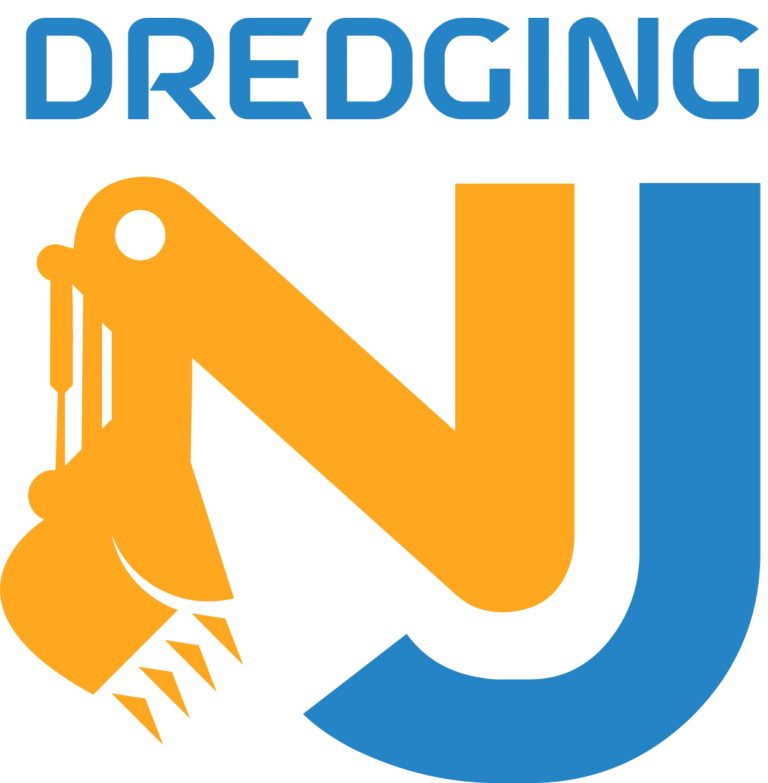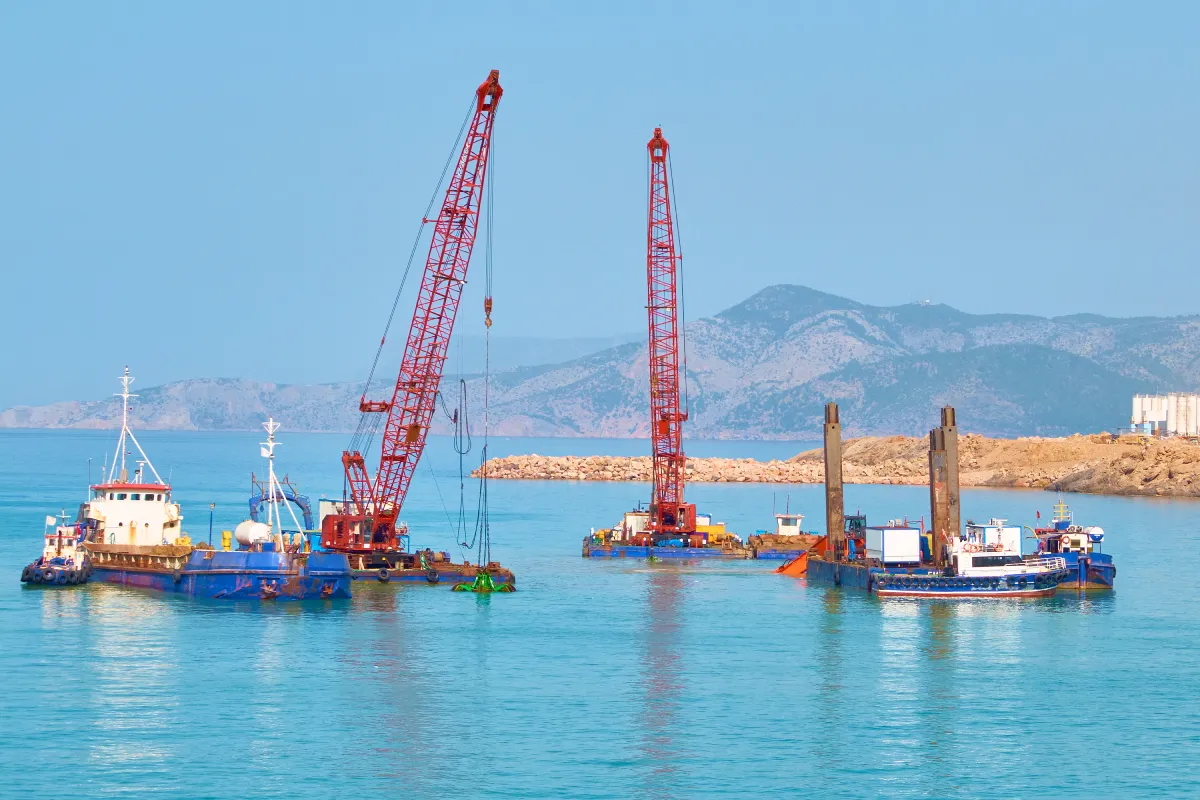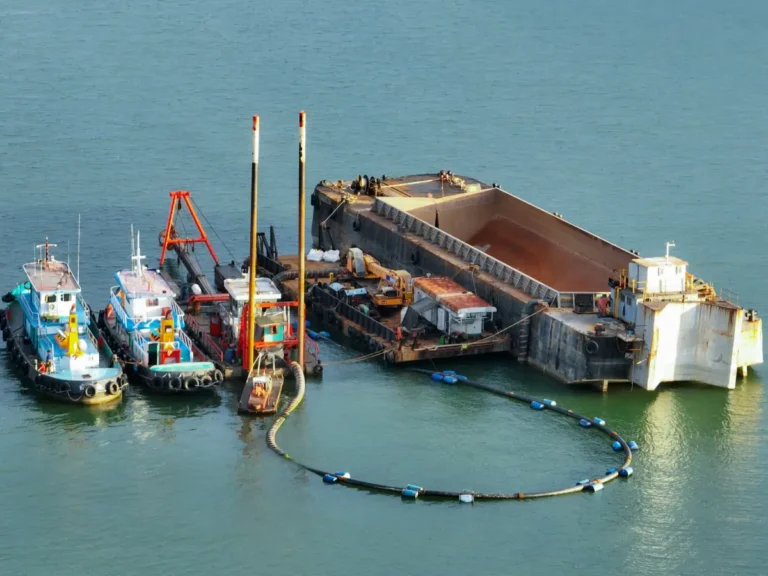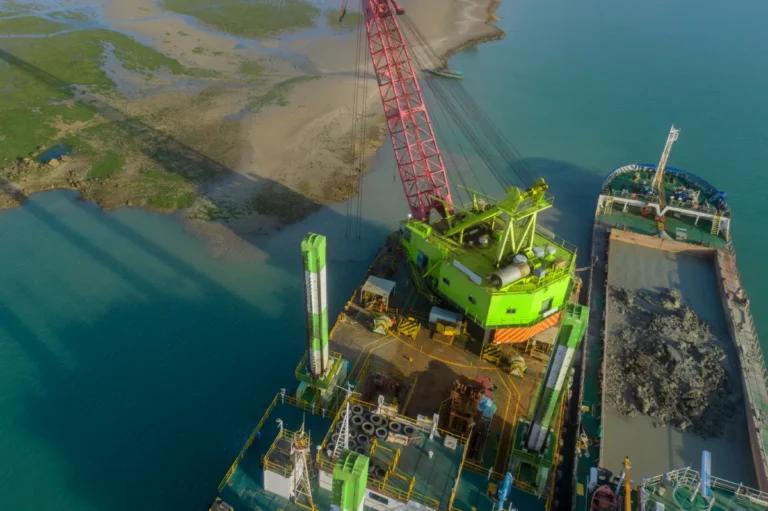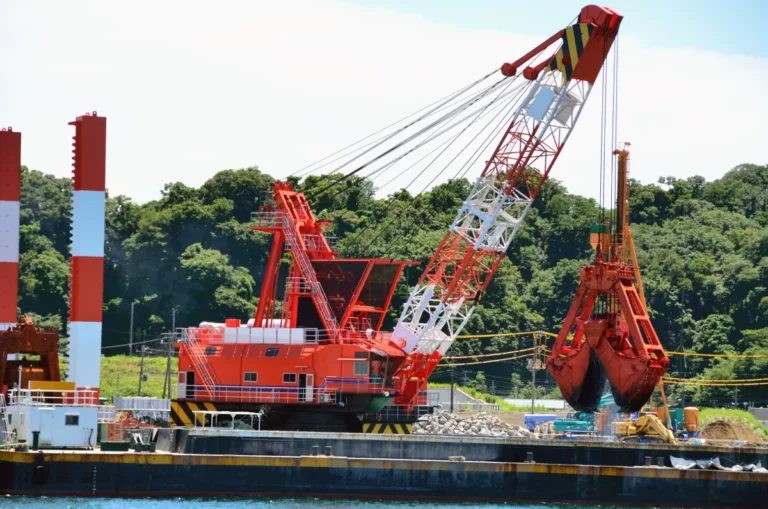Dredging services are entering a new era of transformation, driven by technology, sustainability, and changing client needs. From large-scale waterway maintenance to specialized pond dredging services, the industry is evolving beyond traditional methods toward smarter, more adaptable, and environmentally conscious solutions. As demand grows for efficiency, precision, and environmental responsibility, the trends shaping dredge services today are setting the course for a future where innovation defines success.
Shifts Driving the Future of Dredging Services
The landscape of dredging services is evolving rapidly, shaped by environmental, regulatory, and community needs. One of the strongest drivers is the push for sustainability. Governments and regulatory bodies are tightening controls on sediment management, requiring dredge services to adopt cleaner, more efficient methods that minimize ecological disruption. This has accelerated the development of innovative equipment and best practices designed to meet compliance while still delivering reliable results.
At the same time, climate change is redefining priorities. Rising sea levels, increased flooding, and shifting shorelines are creating urgent demands for proactive waterway maintenance. Dredging services are no longer just about clearing navigation channels—they are increasingly central to climate adaptation strategies, shoreline protection, and flood risk reduction.
Alongside these large-scale pressures, there is also a growing need for specialized pond dredging services. Residential communities, municipalities, and industries rely on healthy ponds and small water bodies for stormwater management, irrigation, and aesthetic purposes. As these ponds accumulate sediment over time, tailored dredge services become essential to restore depth, improve water quality, and extend the lifespan of these critical assets.
These shifts highlight that dredging is no longer a static, one-size-fits-all industry. The demand for more sustainable, adaptable, and specialized solutions continues to grow, setting the stage for new technologies and practices that will shape the future of dredging services.
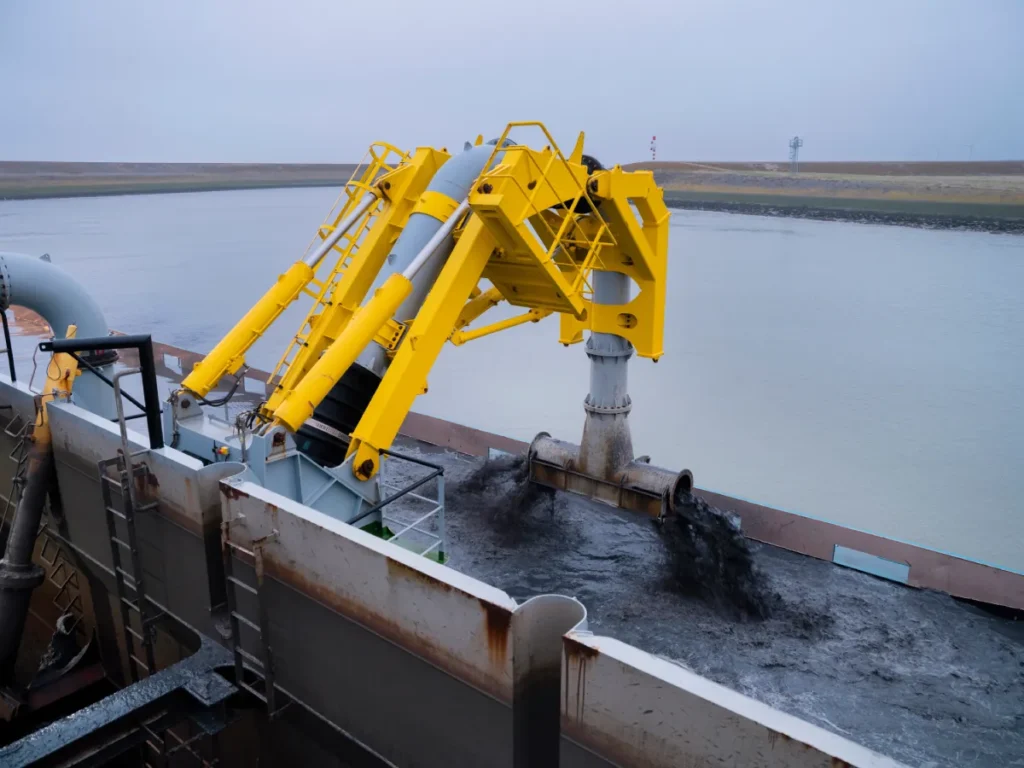
Automation and Remote-Controlled Dredge Services
One of the most significant advancements shaping the future of dredging services is the rise of automation. Remote-controlled and autonomous dredge systems are being increasingly deployed to enhance efficiency, safety, and precision. By reducing the need for large on-site crews, these solutions lower operational risks while allowing work to continue in environments that may be hazardous or difficult to access.
For large-scale dredging services, automation ensures greater consistency in sediment removal and minimizes costly downtime. Operators can remotely monitor equipment, make real-time adjustments, and utilize data-driven insights to optimize performance. This not only speeds up projects but also reduces fuel consumption and operating costs.
The benefits also extend to smaller-scale projects, particularly in pond dredging services. Remote-controlled dredges are compact, precise, and capable of operating in confined areas where traditional equipment may be impractical. This allows homeowners, municipalities, and facility managers to restore ponds and small water bodies with minimal disruption to the surrounding landscape.
As automation technologies continue to evolve, the ability to scale dredge services for both complex industrial projects and localized pond restoration will become a defining feature of the industry.
Data-Driven Dredging: Sensors, AI, and Real-Time Monitoring
The future of dredging services is being shaped by data as much as by machinery. Modern dredge equipment is increasingly equipped with sensors that monitor sediment levels, water quality, and equipment performance in real-time. This data allows operators to make immediate adjustments, ensuring that dredge services are more accurate and efficient than ever before.
Artificial intelligence is taking this a step further by predicting how waterways, ponds, and shorelines will change over time. With AI-driven insights, dredging projects can be planned with greater precision, reducing the risk of unexpected delays and improving long-term outcomes. For large-scale projects, this means fewer interruptions and more reliable results.
These technologies also benefit pond dredging services, where precision is critical. Real-time monitoring ensures that sediment is removed without harming aquatic ecosystems, while AI can guide decisions on how often dredging should occur to maintain water depth and clarity. This proactive approach helps communities, industries, and property owners manage their ponds more effectively while keeping costs predictable.
As sensors, monitoring tools, and AI continue to evolve, data-driven dredging will play a central role in redefining how dredge services are delivered across both large waterways and small-scale pond restoration projects.
Eco-Friendly Innovations in Dredging Services
Sustainability is no longer optional in modern dredging services—it is becoming the standard. With growing environmental awareness and stricter regulations, providers are adopting eco-friendly technologies that reduce emissions, protect aquatic life, and minimize the impact on surrounding ecosystems.
One major shift is the introduction of electric and hybrid-powered dredge equipment. These machines reduce fuel consumption and greenhouse gas emissions, making dredge services more sustainable without compromising efficiency. Similarly, the use of biodegradable hydraulic fluids and cleaner fuel alternatives helps reduce the risk of water contamination during operations.
Eco-conscious practices are especially important for pond dredging services. Residential communities, golf courses, and municipalities often require sediment removal in sensitive areas where wildlife and water quality must be protected. By using low-impact dredging techniques and environmentally safe materials, contractors can restore pond health while preserving its natural balance.
These green innovations are setting a new benchmark for the industry. As demand for responsible dredging services grows, eco-friendly solutions will continue to play a central role in shaping how projects are planned and executed.
Modular and Portable Dredge Equipment
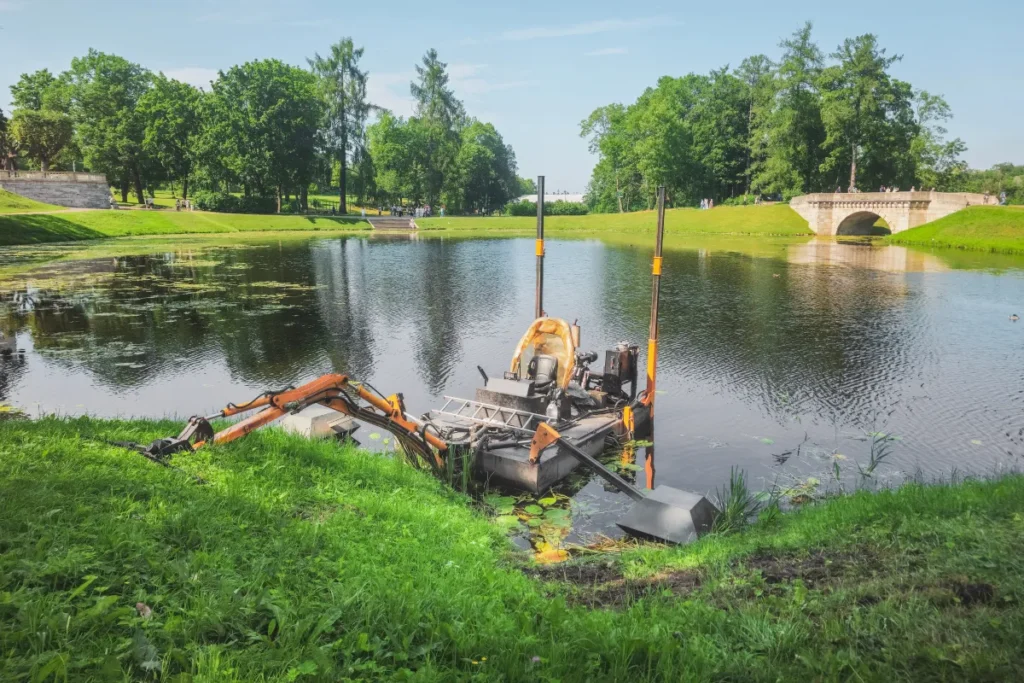
Flexibility is becoming a defining characteristic of modern dredging services, and modular equipment is leading the way. Unlike traditional dredges that require extensive setup and transport logistics, modular systems are designed to be assembled and disassembled quickly. This allows dredge services providers to move between projects with ease, reducing downtime and costs.
For large-scale dredging services, modular designs mean faster deployment to remote or difficult-to-access sites. Contractors can scale equipment up or down depending on project requirements, making operations more efficient and adaptable.
Portable dredging equipment is also transforming pond dredging services. Smaller, easy-to-transport systems can be deployed in residential areas, golf courses, or industrial ponds without requiring heavy infrastructure. This enables the precise removal of sediment in locations where larger dredges would be impractical.
As modular and portable technologies become more advanced, they will give dredge services the agility needed to meet a wider range of client needs—whether it’s restoring a small pond or maintaining a major waterway.
Digital Twin Technology and Simulation in Dredging Services
Another emerging trend shaping the future of dredging services is the use of digital twin technology. A digital twin is a virtual model that simulates real-world dredging conditions, allowing operators and engineers to test strategies before deploying equipment on-site. This reduces risk, improves planning accuracy, and helps ensure that dredge services deliver predictable outcomes.
For large infrastructure projects, digital simulations offer valuable insights into sediment movement, water flow, and potential environmental impacts. By running multiple scenarios, contractors can identify the most efficient and cost-effective approach while minimizing disruption to surrounding ecosystems.
Digital twin technology also has important applications in pond dredging services. Municipalities, property managers, and industries can utilize simulations to determine the most effective methods for restoring depth, managing sediment buildup, and enhancing water quality without overspending. This forward-looking approach facilitates a more balanced approach to balancing budget constraints with environmental responsibility.
As simulation tools become more sophisticated, digital twins will increasingly become standard in dredge services, helping clients gain more control and confidence in the outcomes of their projects.
Workforce Transformation and Skills of the Future
As technology reshapes dredging services, the workforce behind these operations is also undergoing significant evolution. Traditional dredging relied heavily on manual labor and mechanical expertise, but the future demands a more diverse set of skills. Operators must now be trained to work with automated systems, remote-control interfaces, and data-driven tools that guide modern dredge services.
The rise of AI, sensors, and digital twin simulations means that technicians need proficiency not just in equipment handling but also in data analysis and system monitoring. This shift is creating a new generation of professionals who blend engineering knowledge with digital literacy.
In the area of pond dredging services, specialized skills are equally important. Operators must understand how to balance precision dredging with environmental preservation, ensuring that smaller ecosystems remain intact while sediments are removed efficiently and effectively. This requires a combination of technical expertise and ecological awareness that was less prominent in the past.
As dredging services continue to modernize, the industry’s success will depend on developing a workforce capable of managing advanced technology while delivering reliable, environmentally responsible results.
Looking Ahead: What Clients Should Expect from Modern Dredge Services
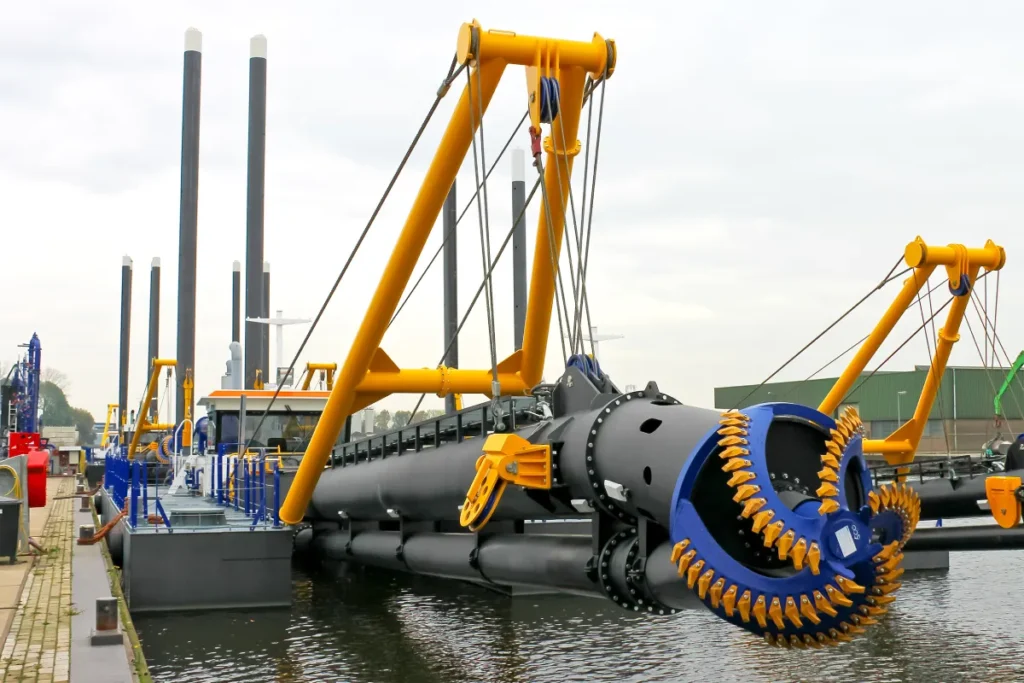
For clients seeking dredging services, the future holds greater efficiency, transparency, and sustainability. With the integration of automation, data-driven insights, and eco-friendly equipment, projects are expected to be completed faster and with reduced environmental impact. This shift will not only benefit large-scale dredging operations but also make specialized pond dredging services more accessible and cost-effective.
Clients can also expect clearer communication and real-time updates. As monitoring tools and digital platforms become standard in dredge services, project progress will be easier to track, allowing for better decision-making and fewer surprises. For smaller-scale projects, such as pond dredging, this means more control over budgets and timelines while ensuring long-lasting results.
The industry is moving toward a future where dredging services are not just about sediment removal but about delivering smarter, more sustainable solutions that align with both environmental and client priorities.
The Future of Dredging Services
The evolution of dredging services is clear: automation, data-driven insights, eco-friendly equipment, and skilled operators are reshaping how projects are planned and executed. Whether it’s large-scale marine dredging or localized pond dredging services, clients can expect faster, cleaner, and more reliable outcomes. At Dredging NJ, we are committed to staying ahead of these trends, delivering dredge services that combine advanced technology with decades of expertise. If you’re looking for solutions that balance efficiency, sustainability, and long-term results, we’re here to help—visit us at dredgingnj.com to learn more.
